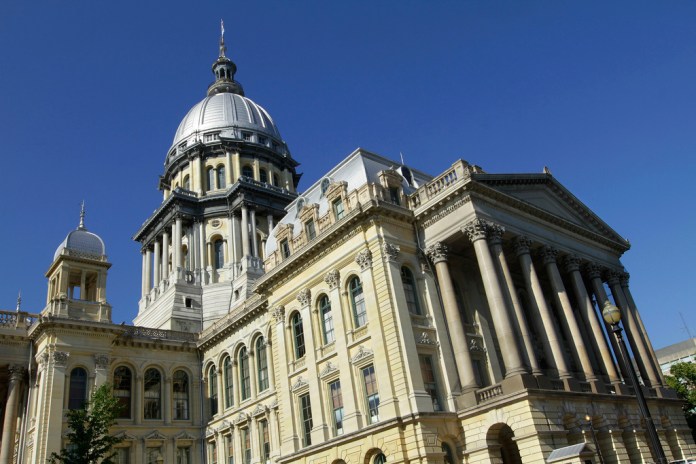When money can’t buy votes: Three times the underfunded candidate won
The article discusses how, despite the common trend that better-funded political candidates usually win elections, there are notable exceptions where underfunded candidates have triumphed through grassroots efforts and strong voter support. It highlights three important cases:
1. **2025 New York Democratic Mayoral Primary**: Zohran Mamdani defeated former Governor Andrew Cuomo despite being outspent by more than 3-to-1. Mamdani’s early campaign start and volunteer network helped him overcome Cuomo’s financial advantage, who spent around $87 per vote compared to Mamdani’s $19.
2. **2025 Wisconsin Supreme Court Race**: Susan Crawford won against Brad Schimel, despite Schimel’s campaign having over $54 million in funding, including substantial support from Elon Musk-affiliated PACs. Crawford spent significantly less but secured a decisive 10-point victory aided by higher Democratic turnout.
3. **2022 Alaska House Race**: mary Peltola won a special election to flip a seat held by Republicans for 49 years, defeating well-funded opponents including Sarah Palin. Peltola raised only a fraction of her opponents’ funds but benefited from Alaska’s new ranked choice voting system and a non-partisan, positive campaign message.
The article emphasizes that while campaign financing is vital for outreach, ultimately, winning votes depends on candidate appeal, grassroots support, voter turnout, and sometimes, election mechanisms like ranked choice voting. These cases show that money alone does not guarantee electoral victory.
When money can’t buy votes: Three times the underfunded candidate beat the odds
While better-funded candidates typically beat their competitors each election cycle, the republic the founders crafted allows grassroots movements to fuel major political upsets.
It is well-known that the candidate who spends the most is usually the victor. For example, more than 90% of House candidates who spend the most win.
“Campaign finance matters,” Michael Kang, a law professor at Northwestern University specializing in campaign finance, told NPR. “It’s the way that candidates fund their outreach and messaging to voters.”
But it is not the only factor tied to victorious campaigns. The candidates, their charisma, and the issues they run on all tie into performance. That played out on the national stage during the 2024 election cycle, which featured history’s most expensive presidential campaigns. Former Vice President Kamala Harris lost her race against President Donald Trump, despite outspending him by hundreds of millions of dollars.
“Spending money will always be one piece of the puzzle, of course,” according to the Institute for Free Speech. “Yard signs, mailers, advertisements, and other communication mediums cost money. If a candidate wants to inform and win voters, they will need to buy exposure. But spending more doesn’t make a candidate win. In the end, only one thing wins elections, and that’s earning the most votes.”
Aside from Harris-Trump, there have been multiple other high-profile races in recent years in which a candidate won despite the other side having a funding advantage.
2025 New York Democratic mayoral primary
In this election, New York Assemblyman Zohran Mamdani pulled off an upset win against former Gov. Andrew Cuomo despite being outspent by a more than 3-to-1 margin.
Mamdani ran an impressive grassroots campaign in which he matched Cuomo in funds raised directly by their campaigns, meeting the $8 million donations cap imposed by New York law.
However, when accounting additionally for the outside groups and PACs supporting their candidacies, the former governor outspent Mamdani by millions.
Cuomo’s loss came after spending around $87 per vote compared to Mamdani’s $19, according to the City.
Mamdani worked around the overall spending disadvantage partly due to his mighty army of volunteers, which he built by starting his campaign early in October 2024, compared to the following March, when Cuomo launched his bid for City Hall.
2025 Wisconsin Supreme Court race
Dane County Circuit Judge Susan Crawford, who aligned with Democrats, was pitted against former Wisconsin Attorney General Brad Schimel ahead of the April election.
As Republican-affiliated groups sought to flip the seat and tilt the liberal balance of the court by electing Schimel, the race quickly became the most expensive judicial election in history, with total spending topping $100 million.
Elon Musk-affiliated PACs, including Building America’s Future and America, funneled over $20 million into Schimel’s campaign, which attracted over $54 million in total funding, according to the Brennan Center for Justice.
But in the end, Crawford won despite drawing less funding, around $46 million. She defeated Schimel by a 10-point margin, meaning that liberals still hold a 4-3 majority on the state high court.
“From tip to tail, north to south, east to west, this was an absolute drubbing,” Democratic political operative Joe Zepecki told Wisconsin Public Radio.
Schimel’s loss was blamed partly on turnout. While Democratic outrage against Musk and his work at Trump’s Department of Government Efficiency helped drive momentum on the Left, Republicans also did not turn in the numbers Schimel needed to win.
“It was a turnout issue on the Republican side,” longtime GOP consultant Bill McCoshen said. “Not enough Donald Trump voters who voted in November.”
2022 Alaska House Race: Mary Peltola
Peltola faced heavy odds in this race as she sought to flip an Alaska seat that a Republican had held for 49 years.
Former Alaska Gov. Sarah Palin, who held high name recognition and a powerful funding machine, was one of Peltola’s opponents who challenged her during her campaign to fill late Rep. Don Young’s seat in a special election. Republican businessman Nick Begich III was also on the ticket.
Ultimately, Peltola won the election despite raising only about one-sixth of what her two Republican opponents raised combined, flipping the seat blue in a critical win for Democrats, who had not won a statewide election since 2008.
Peltola’s campaign raised just $379,088 and spent $254,299, compared to Palin, who raised more than $1 million and spent $996,291, according to Ballotpedia.
But after the ballots were counted, Peltola captured the win by a 51.5%-48.5% margin.
The Democratic congresswoman credited her victory partly to the effect of the state’s then-brand-new ranked choice voting system.
WORKING-CLASS SUPPORT ELUDES MAMDANI IN NYC MAYORAL RACE
“This race showed that Alaskans have an appetite for someone who isn’t partisan, and for campaigns that are positive,” Peltola told the New Yorker. “I’m optimistic about ranked choice voting — it certainly made this possible.”
In the initial round of results, 40% of voters chose Peltola as their first choice, 31% chose Palin, and 29% Begich. In subsequent rounds, Peltola was able to pick up votes and secure the win after Begich’s votes were reallocated under ranked choice.
" Conservative News Daily does not always share or support the views and opinions expressed here; they are just those of the writer."




